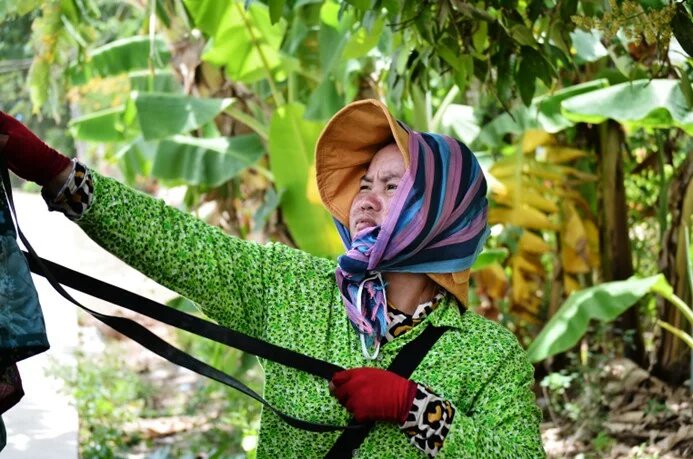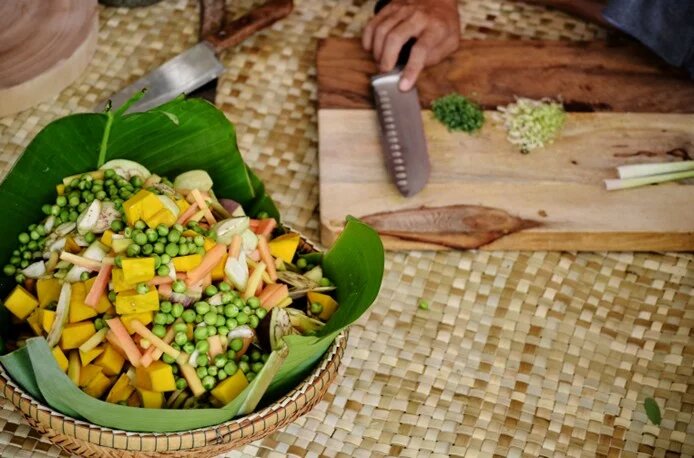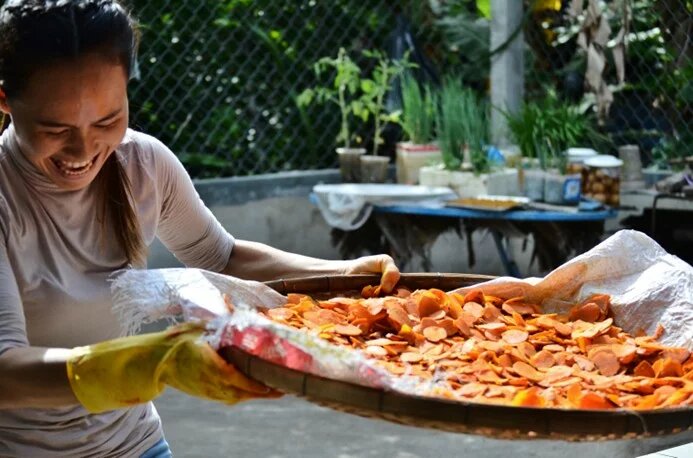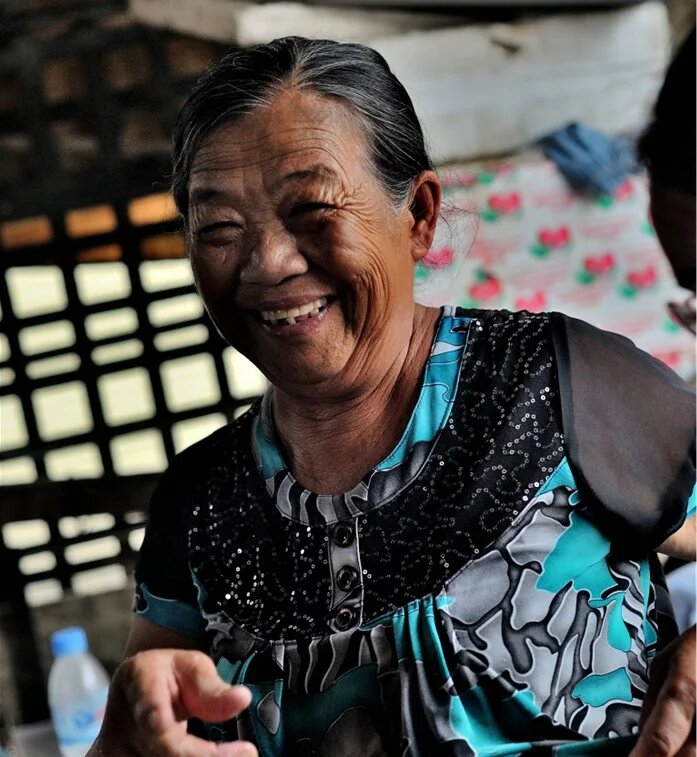
Samlor korko probably exemplifies the best of Cambodian cuisine. The scent from a boiling pot of korko wafts daily through most neighborhoods or villages, leaving residents salivating at the prospect of a delicious lunch or dinner.

An aromatic soup laced with the fragrance of turmeric, ginger, lemongrass and garlic. Moringa leaves and green papaya give the soup a freshness and balance the fish, which is the primary protein for most Cambodians.
The ingredients of the soup and their production provide an insight into the fragility of Cambodia’s food systems, nutrition and food security. Cambodia is still a country that imports a majority of its produce from neighboring countries and farmers who produce the remaining of the vegetables, meat and fruit we eat are limited to single-crop farms where financial yields are low — often lower than the minimum wage.
Back to the korko, one of its key ingredients is under severe pressure — the succulent pieces of river fish. Most of Cambodia’s fish catch comes from the Mekong and Tonle Sap. Fish catches in the Mekong have seen declines in the last decade, threatening a critical source of protein for Cambodian families.
This in turn affects production of the much loved prahok, a fermented and pungent fish paste that is omniscient in Cambodian home recipes. The paste flavors the korko giving it a dash of umami that makes you go back for more.
And slowly we see how declines in fish catch has affected the recipe of a quintessential Cambodian soup, threatening its existence and potentially depriving future generations of its deliciousness.
The making of the korko soup was the subject of a multimedia project by hbs called Mhope to illustrate the role of informal systems that feed into the Cambodian food value chain. Mhope explores Cambodia’s food systems through a plethora of edible delicacies, and while showcasing the benefits of local production, it also challenges the agro-industrial modes of production that are at the root of environmental destruction and climate change.
The photo series and the activities to disseminate the related stories depicted how local ecosystems can provide sustainable and affordable nourishment for residents, be it effervescent turmeric, soothing moringa or the pungent prahok.
Mhope is a wake up call to the impacts of industrialized food systems on our ecosystems and the environment. It is imperative that we preserve Cambodia’s culinary traditions, and are mindful of the food we eat, how it is sourced, the impacts of climate change and human activity on food systems and the waste we create in food production.
This article is an excerpt from "Profiles of Courage." Click here for the full reading.


